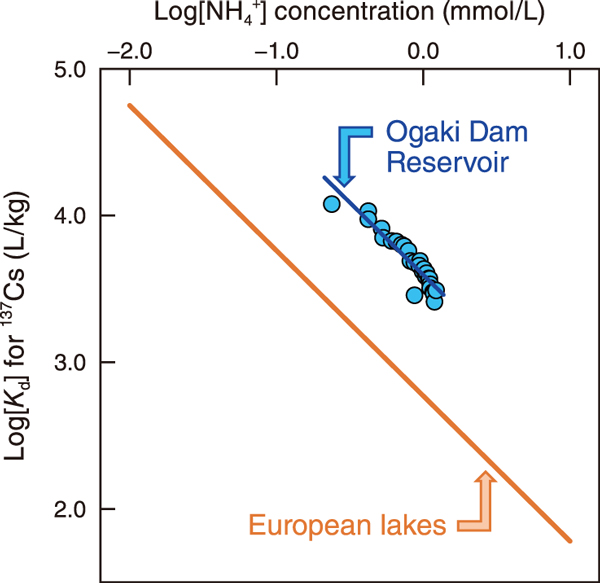
Fig.1 Vertical distribution of 137Cs and water quality in sediment-pore water

Fig.2 Correlations between the Kd values for the 137Cs and NH4+ concentration in pore water
Reservoir sediments generally act as a sink for radionuclides derived from nuclear accidents, but under anaerobic conditions, several radionuclides remobilize in bioavailable form from sediments to water columns, which may contribute to the long-term contamination of aquatic products. This study systematically investigated the 137Cs activities of sediment-pore water, providing a direct evidence of the remobilization of bioavailable 137Cs from sediments in a highly contaminated reservoir (Ogaki Dam Reservoir) affected by the TEPCO’s Fukushima Daiichi Nuclear Power Station accident.
We observed that the dissolved 137Cs activity concentration of pore water (3.0−65.8 Bq/L) was one to two orders of magnitude higher than that of reservoir water (Fig.1(a)). The distribution coefficient (Kd) values for the 137Cs of sediment-pore water ranged from 2.6×103 L/kg to 1.2×104 L/kg and decreased with depth (Fig.1(b)). The major 137Cs competing cation NH4+ (0.24-1.22 mmol/L) was significantly higher than the K+ concentration (0.04-0.11 mmol/L) (Fig.1(c)). Moreover, the Kd values were significantly and negatively correlated with the NH4+ concentration and the exponential regression lines follow a straight line with an approximate slope close to −1 (Fig.2).
These results strongly indicate that the competitive ion exchange process between 137Cs and NH4+ through a highly selective interaction with the FESs of clay minerals is the major reason for the variability of Kd values between sediments and pore water. However, when compared under similar NH4+ concentrations, the Kd values in Ogaki Dam Reservoir were higher than in some European lakes, suggesting that the sediments of Ogaki adsorb 137Cs strongly and are less likely to remobilize (Fig.2).
Our findings provide important parameter values for mid- and long-term assessments of the radiation impact of radionuclide discharges to freshwater environments.
(Hironori Funaki)
* Comans, R.N.J. et al., Interpreting and Predicting in Situ Distribution Coefficients of Radiocaesium in Aquatic Systems, Studies in Environmental Science, vol.68, 1997, p.129−140.